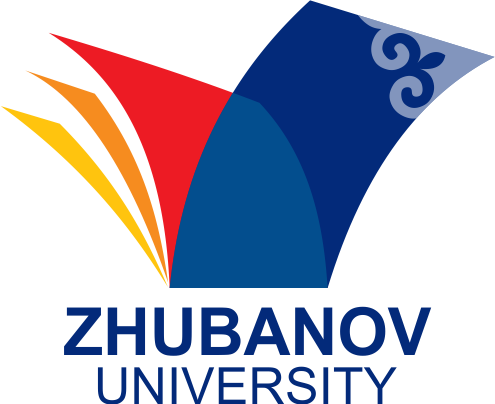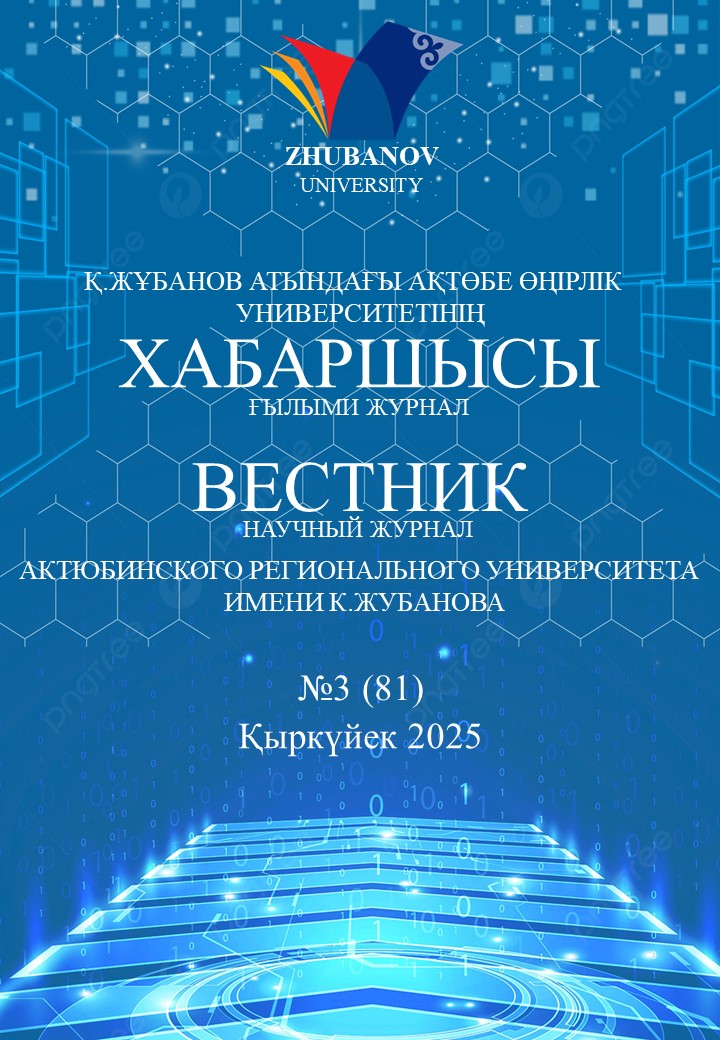Негізгі пирометаллургиялық әдістерге бірсатылы электрбалқыту және «құбырлы пеш – балқыту агрегаты» сұлбасы бойынша екісатылы әдіс жатады. Екі өңдеу сұлбасы да көміртекті тотықсыздандырғыш ретінде қолдануды көздейді, бұл өз кезегінде металл темір өнімдерінің және аносовит – Ti₃O₅ негізіндегі титан оксидтері концентратының түзілуіне алып келеді. Ильменит концентратын тотықсыздандырушы күйдіру оның құрамындағы темірді көміртекпен де, сутекпен де селективті түрде тотықсыздандыруға мүмкіндік береді, нәтижесінде жұмсақ темір және рутил құрылымды титан оксидтері концентраты – TiO₂ алынады. 1300 ℃ температурада ильмениттен темірді карботермиялық тотықсыздандыру процесінің келесі реакция бойынша жүретіні көрсетілген: 3FeTiO₃ + 4C = 3Fe + Ti₃O₅ + 4CO. 900 ℃ температурада ильмениттен темірді көміртекпен және сутекпен тотықсыздандыру келесі реакциялар бойынша өтеді: FeTiO₃ + C = Fe + TiO₂ + CO, FeTiO₃ + H₂ = Fe + TiO₂ + H₂O. 1300 ℃ және 900 ℃ температурадағы карботермиялық тотықсыздандыру реакциялары мен 900 ℃ температурадағы сутектік тотықсыздандыру реакциясы үшін энергия шығындарын есептеу нәтижелері ұсынылған. Есептеу нәтижелері бойынша ең аз шығын 900 ℃ температурада темірді сутекпен тотықсыздандыру кезінде тіркеліп, ол 215,81 кДж-ты құрайды. Сол температурада көміртекпен тотықсыздандыру кезінде жалпы энергия шығындары 341,29 кДж болды. Ильмениттің көміртекпен өзара әрекеттесу реакциясының 1300 ℃ температурадағы жалпы энергия шығындары 484,51 кДж құрады. Есептеу нәтижелерін салыстырғанда 900 ℃ температурада темірді сутекпен тотықсыздандыру сол температурадағы карботермиялық тотықсыздандыруға қарағанда 1,58 есе аз шығынды, ал 1300 ℃ температурадағы карботермиялық тотықсыздандыруға қарағанда 2,25 есе азырақ екені анықталды. 1300 ℃ температурадағы карботермиялық тотықсыздандыру шихтаны жоғары температураға дейін қыздыруға және титанның жартылай төменгі оксидке — аносовитке (Ti₃O₅) — дейін тотықсыздануына байланысты одан да көп энергияны талап етеді.
СМИРНОВ К.И. СМИРНОВ К.И.
Техника ғылымдарының кандидаты, «Металлургиядағы сутегі технологиялары» ғылыми қызметкері, Оңтүстік Орал мемлекеттік университеті (ҒЗУ), Челябинск қ., Ресей Федерациясы
E-mail: smirnovk@susu.ru, https://orcid.org/0009-0001-3678-2636
- Косырев К. Л., Еланский Д. Г., Бараненко М. А. Итоги XVI Международного конгресса сталеплавильщиков // Черная металлургия. Бюллетень научно-технической и экономической информации. 2021. Т. 77. №. 8. С. 869-875.
- Григорович К. В. Металлургия XXI века: вызовы и задачи модернизации отрасли в РФ // Физико-химические основы металлургических процессов (ФХОМП 2022). 2022. С. 37-44.
- Seftejani N. M., Schenk J. Thermodynamic of liquid iron ore reduction by hydrogen thermal plasma // Metals. 2018. V. 8. № 12. 1051. DOI: https://doi.org/10.3390/met8121051
- Spreitzer D., Schenk J. Reduction of iron oxides with hydrogen—a review // Steel Research International. 2019. V. 90. № 10. 1900108. DOI: https://doi.org/10.1002/srin.201900108
- John D. H. S., Hayes P. C. Microstructural features produced by the reduction of wustite in H2/H2O gas mixtures // Metallurgical Transactions B. 1982. V. 13. P. 117‒124. DOI: https://doi.org/10.1007/BF02666962
- Matthew S. P., Cho T. R., Hayes P. C. Mechanisms of porous iron growth on wustite and magnetite during gaseous reduction // Metallurgical Transactions B. 1990. V. 21. P. 733‒741. DOI: https://doi.org/10.1007/BF02654252
- Matthew S. P., Hayes P. C. Microstructural changes occurring during the gaseous reduction of magnetite // Metallurgical Transactions B. 1990. V. 21. P. 153‒172. DOI: https://doi.org/10.1007/BF02658127
- Matthew S. P., Hayes P. C. In situ observations of the gaseous reduction of magnetite // Metallurgical Transactions B. 1990. V. 21. P. 141‒151. DOI: https://doi.org/10.1007/BF02658126
- Farren M., Matthew S. P., Hayes P. C. Reduction of solid wustite in H2/H2O/CO/CO2 gas mixtures // Metallurgical Transactions B. 1990. V. 21. P. 135‒139. DOI: https://doi.org/10.1007/BF02658125
- Рощин В.Е., Рощин А.В., Кузнецов Ю.С., Гойхенберг Ю.Н. Технологические и материаловедческие аспекты перехода в черной металлургии на безуглеродные процессы // Черные металлы. 2021. №11. С. 10-16.
- Рощин В.Е., Гамов П. А., А.В. Рощин, С.П. Салихов Перспективы освоения водородных технологий в отечественной металлургии // Чёрная металлургия. Бюллетень научно-технической и экономической информации. 2023. T 79. №2, C.144-153.
- Леонтьев Л. И., Волков А. И. Состояние и развитие минерально-сырьевой базы и продукции металлургии для обеспечения импортонезависимости России // Физико-химические основы металлургических процессов (ФХОМП 2022). 2022. С. 18-36.
- Гудима Н. В., Шейн Я. П. Краткий справочник по металлургии цветных металлов. — М.: Металлургия, 1975. — 536 с.
- Уткин Н.И. Производство цветных металлов. – М.: Интермет Инжиниринг, 2004. – 442 с.
- Садыхов Г. Б. Фундаментальные проблемы и перспективы использования титанового сырья в России // Известия высших учебных заведений. Черная металлургия. 2020. Т. 63. №. 3-4. С. 178-194.
- Стариков А.И., Ведешкин М.В., Монетов Г.В. Мировой и отечественный опыт переработки титансодержащего железорудного сырья // Проблемы комплексной переработки титаномагнетитов Южного Урала. – Магнитогорск: Магнитогорский дом печати. 2001. С. 35-47.
- Смирнов К. И., Гамов П. А., Самолин В.С., Рощин В. Е. Селективное восстановление железа из ильменитового концентрата // Черные металлы. 2024. № 6. С. 10-16.
- Кубашевский О., Олкокк К. Б. Металлургическая термохимия. — М.: Металлургия, 1982. — 392 с.


